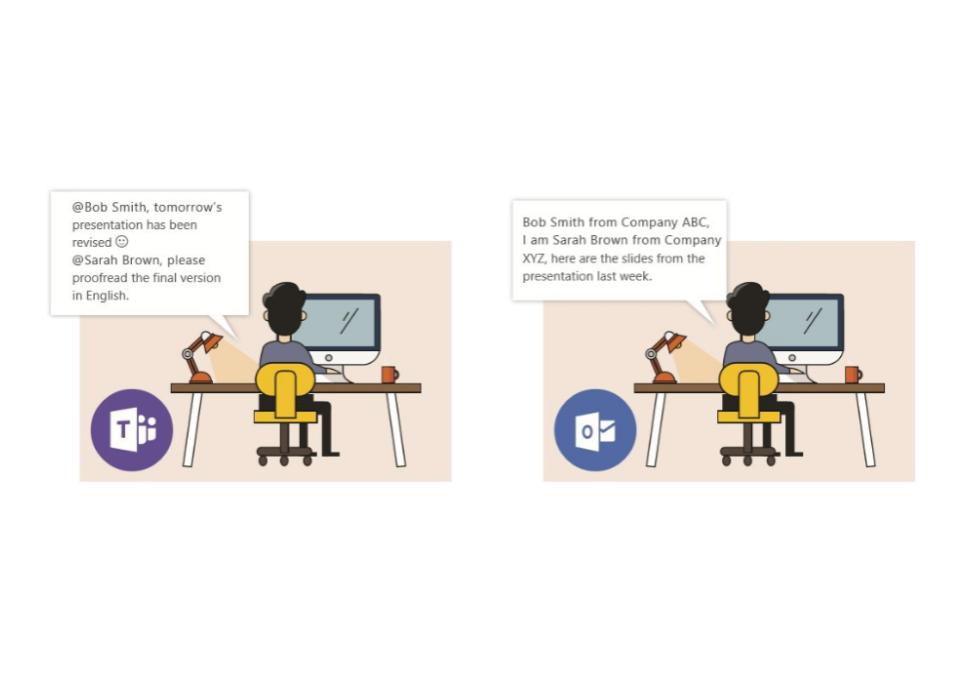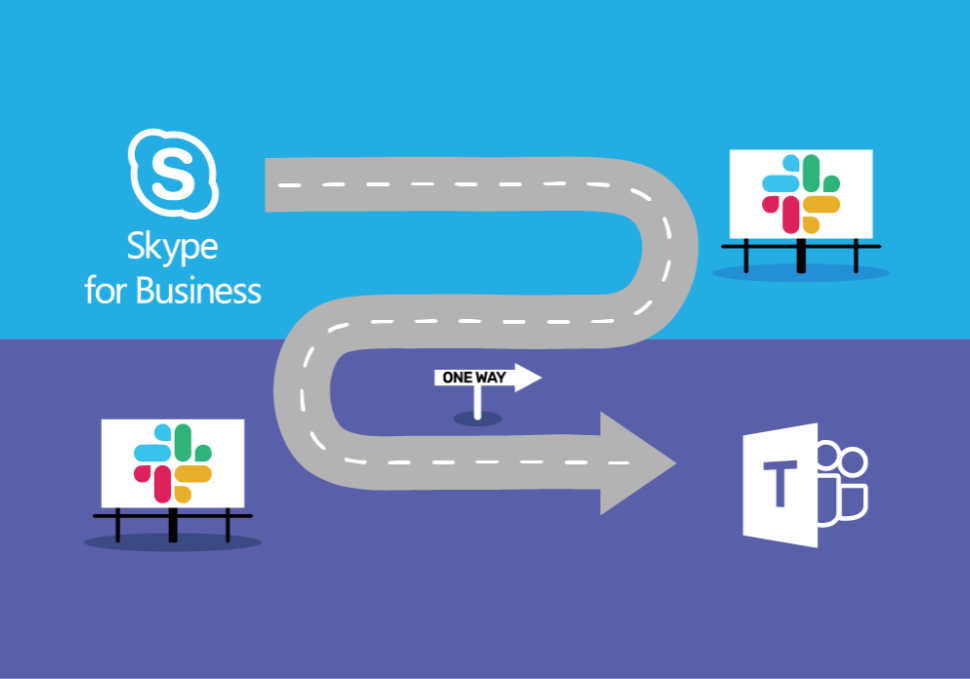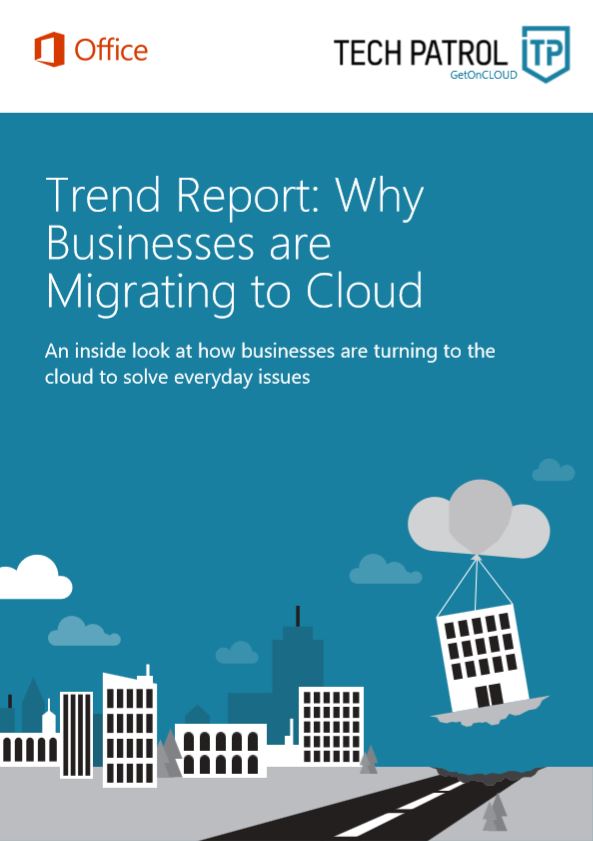Technology and Business are two areas where one can’t work without the other in 2018. These days, businesses need technology to grow, and technology needs business to spread. Times are changing, and it’s harder to keep up and stay relevant when new companies are popping up left and right. It is crucial for business owners to find the best ways to continue to innovate and improve. In our previous article, we looked at how you can go from Cloud back to On-Premise. Now we will assess how you can Integrate the Cloud into your business.
When you are looking to integrate the cloud into your business you need to understand how the cloud works and how it will benefit your business growth over your competitors. Briefly, the cloud works by storing and using data that is kept within international servers rather than on local storage. Some types of cloud services include:
• Platform as a service (PaaS)
• Software as a service (SaaS)
• Infrastructure as a service (IaaS)
Within these three sections, businesses can determine what they need, such as network equipment (IaaS), resource tracking software (SaaS), and databases (PaaS). You as a business leader can pick and choose what they need, or utilize all three “departments”. By working with one MSP that partners with multiple vendors and can provide all three services, it leaves your business with beneficial interconnective opportunities which essentially gives a holistic view for growth.
Often than not, team members tend to collaborate via emails and share documents virtually. The can enable this collaboration further, serving as a central location to share executed work, completed research and gathered data. According to Trackvia, it has been discovered that working within the cloud can increase productivity and quality of work overall. It can also support remote employees and help them feel included with the “work from anywhere” feature the cloud can provide. According to INC.com, employees that have the ability to work from home are happier and healthier. A positive outlook on the day-to-day responsibilities of employees can result in better productivity and increased the quality of work.
A nice little short and sweet benefit of implementing a cloud environment, a benefit nonetheless, is saving money on supplies such as paper, ink, hardware, and investment pieces like printers. In turn, there will be less waste and paper usage, supporting an environmentally friendly approach to business.
Disaster Recovery
If your data is important to you then you MUST implement a disaster recovery solution. The International Data Corporation has reported that up to 50% of businesses have insufficient disaster recovery plans. With the cloud, companies now have a built-in backup where data and files are stored without having to invest in their own data centres. However, do not make the mistake that if you’re in the cloud that your data is being backed up, a lot of those “cloud backups” don’t have a longer retention than 30-days so implementing a true disaster recovery solution is still essential for a full backup of company data. Incorporating the cloud into a business, in turn, is less expensive than creating an in-house disaster recovery centre. No matter the size of a business, there is the opportunity to invest in an “insurance policy” that will actually save you money. It also opens up a new market for cloud companies that can now target organisations with lower budgets but similar needs.
Security
Security, Security, Security the word on everyone’s mouth when it comes to technology. I mean even Facebook has officially just had their biggest hack in the companies history, bigger than the Cambridge Analytica data scandal!
Security is becoming a larger scale issue as the internet becomes the primary channel for individual needs like online banking, photo/video storage, social settings, along with enterprise use cases for data storage and project management. According to Salesforce’s former executive vice president, Vivek Kundra, “Cloud computing is often far more secure than traditional computing because companies like Google and Amazon can attract and retain cyber-security personnel of a higher quality than many governmental agencies.” When working with an MSP that liaise with cloud vendors, they become responsible for the client’s data security, providing benefits such as faster patching. Cloud data centres offer larger enterprise teams, increasing security and threat detection capabilities.
How do I integrate?
You didn’t have a cloud infrastructure in place, now after reading this article, you have decided that it’s a good idea to do so and from our last article you understand that if you would like to go back you can also do so. Now the next step is finding the best way to do so. A balance must be found between the company moving forward for a modernisation purpose while keeping up with already successful legacy system strategies. Don’t think that you are required to move everything to the cloud, but finding where it fits best and where it’s needed within your organisation is an important step in the process.
For example, utilising systems such as G Suite or Office 365 is a smooth and relatively simple transition for a company to take when integrating cloud systems within the business. These type of system creates consistency within all departments leading to seamless processes throughout the company. It can also aid in-house communication in aspects such as improved workflow, organisation, and team collaboration for effective execution.
For the transition to be effective, employees need to have an understanding of the technologies. The creation of a company-wide strategy will ensure everyone has a clear understanding of what cloud services are being used, and what applications are suitable for this. Establishing training for employees should be a requirement to confirm that their skills are up to scratch and that realistic expectations are set. On an administrative side, it is essential to remember that this will take time, and some employees may be hesitant to the initial change.
Oracle CEO Mark Hurd recently spoke at NetSuite’s SuiteWorld Conference where he commented on a similar topic, stating “part of the reason this whole movement to the cloud is so attractive is the opportunity to get to standardization and simplification while you get to modernisation.” Technology is evolving every day and to be successful it’s important to stay relevant and current in the field. Whether trying to avoid a security breach or simplifying and updating current business tech, the modernisation of systems can be rewarding at all levels. Business leaders, big and small, agree that the move to the cloud is something that should be done for a company to succeed against competitors in this business landscape.
If you need a free, no obligation, assessment of your infrastructure to analyse what areas of your business should be moved to the cloud contact us now.
Other articles you may enjoy:

















Share your thoughts in the Comments section: